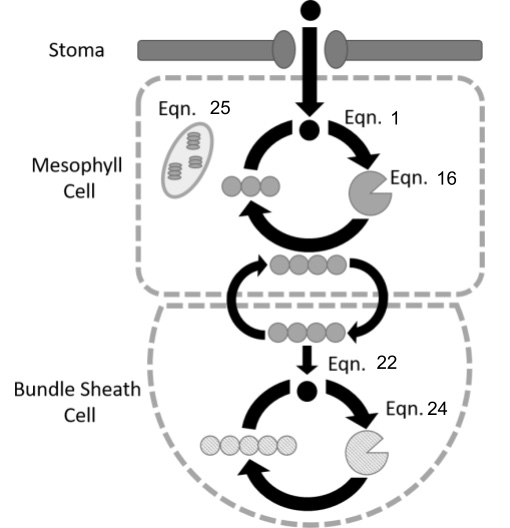Smith Lab News
July 22, 2022: The first in-person LEMONTREE meeting in Reading!
Nick joined others from the LEMONTREE group for their first in-person meeting of the project in Reading, UK. The project meeting brought together individuals from the various groups working on the project. We hashed out ideas and plans for the second year of the 5-year project. Look out for more from us soon!
July 20, 2022: Nick presents at the 2022 MMEE meeting in Reading
Nick presented some of the lab's work on plant-nitrogen interactions at the 2022 Mathematical Models in Ecology and Evolution (MMEE) meeting in Reading, UK. If you are interested in Nick's presentation, you can find it here.
July 15, 2022: RMBL A/Ci curves
Brad, Zinny, and Nick deployed to the Rocky Mountain Biological Lab (RMBL) for
10 days of intense plant physiology sampling. The crew, in conjunction with folks from
U. Arizona, Oklahoma U., and U. Michigan recorded CO2 responses curves of photosynthesis
at 8 sites along an elevational gradient. Brad will be leading an analysis of the data
to examine how plants adjust to the changes along the gradient within and across species.
In addition, we are collaborating with Rose Brinkhoff (postdoc at U. Michigan),
who is examining similar responses along the gradient and within open-top warming chambers
at high and low elevations.
This work is being done in support of (and with support from) the
LEMONTREE project.
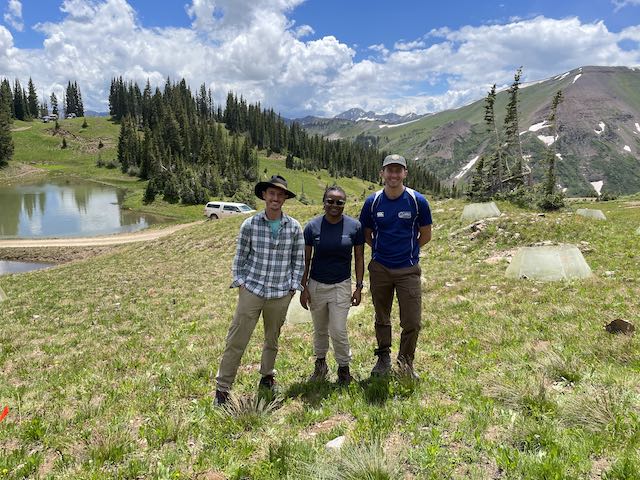
June 25, 2022: Trillium Trail greenhouse experiment begins!
We received rhizomes of Arisaema triphyllum (Jack in the pulpit),
Maianthemum racemosum (false Salomon's seal), and
Trillium erectum (red trillium)
from Trillium Trail in Pennsylvannia.
We are growing them in the greenhouse here in Texas as part of a new project
examining the mutualistic relationship between these species and
arbuscular mycorrhizal fungi.
Look out for more on this collaborative project with Susan Kaliz (UTK),
Stephanie Kivlin (UTK), and Lalasia Bialic-Murphy (ETH) soon!
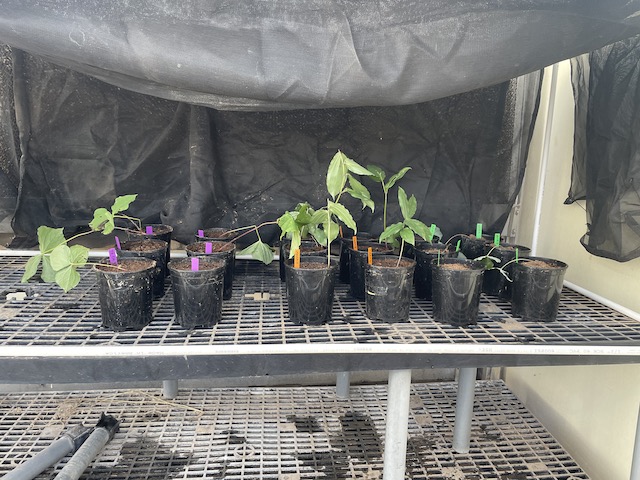
June 23, 2022: Evan receives a research award!
Evan won a Botanical Society of America
Bill Dahl Graduate Student Research Award (GSRA) to support isotopic analyses
on his ongoing growth chamber study. Congrats Evan!
More information on the GSRA can be found
here.
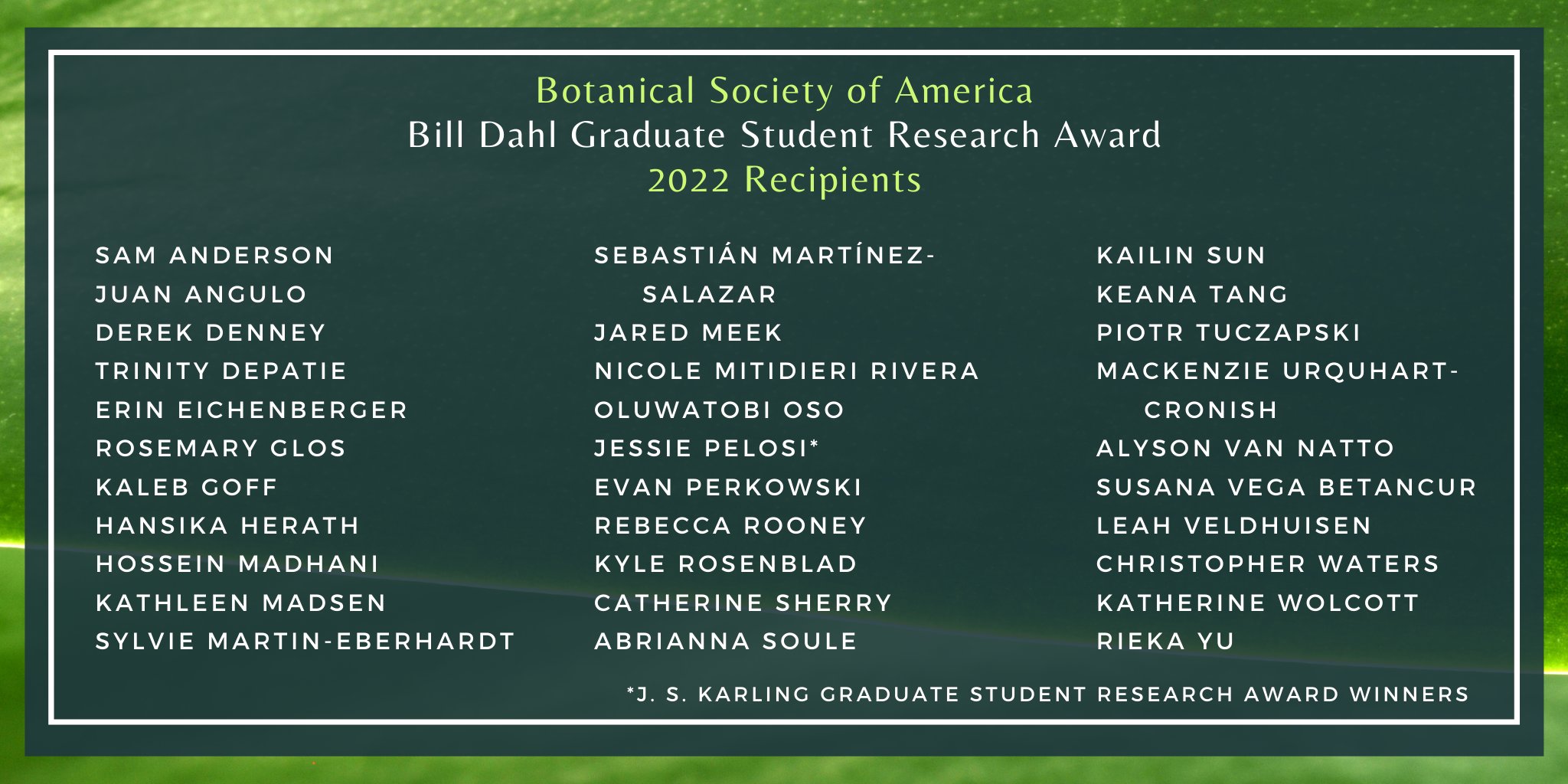
June 14, 2022: NutNet physiology add-on kicks off in Temple, TX
Jeff and Nick traveled to Temple, TX to measure photosynthetic processes
at the Nutrient Network (nutnet.org) site there.
This is part of an add-on project, where we already have contribution commitments
from many sites to help us better understand photosynthetic responses
to nutrient addition.
One of the best parts of the Temple trip was getting to meet and do field work
with Erika Hersch-Green and Hailee Petosky from Michigan Tech, Tilak Chaudhary
from Texas State, and Eve Gray and Phil
Fay from the USDA ARS in Temple.
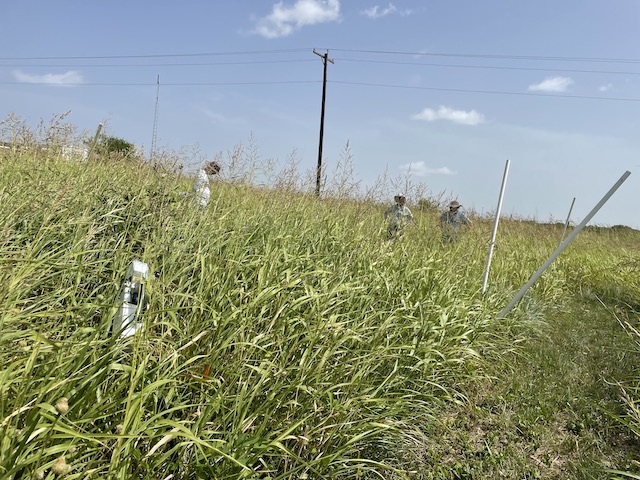
May 26, 2022: Nick presents at EGU
Nick presented modeling work examining the impact of CO2 acclimation
on modeled future carbon-nitrogen dynamics. The full presentation can be
found here.
Exploring Vienna and meeting LEMONTREE collaborators was a ton of fun.
Special thanks to companions to tourism companions
Jan Lankhorst and Astrid Ode.
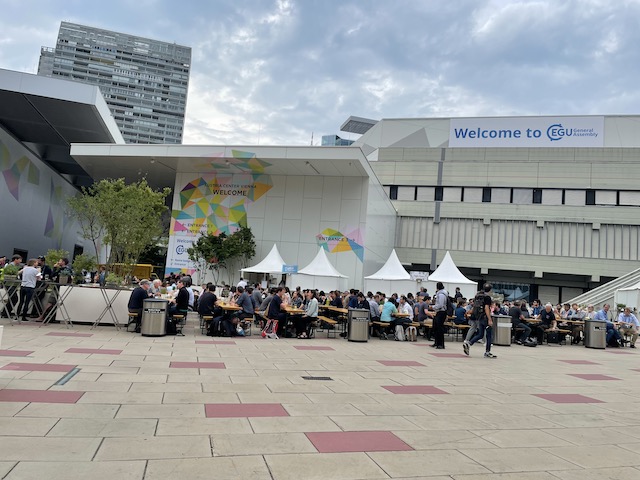
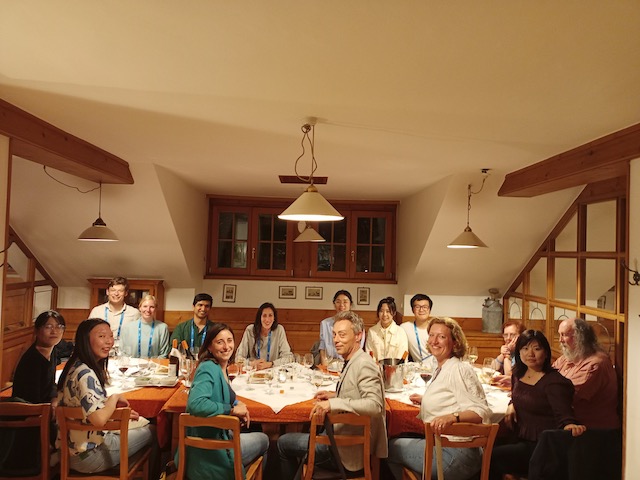
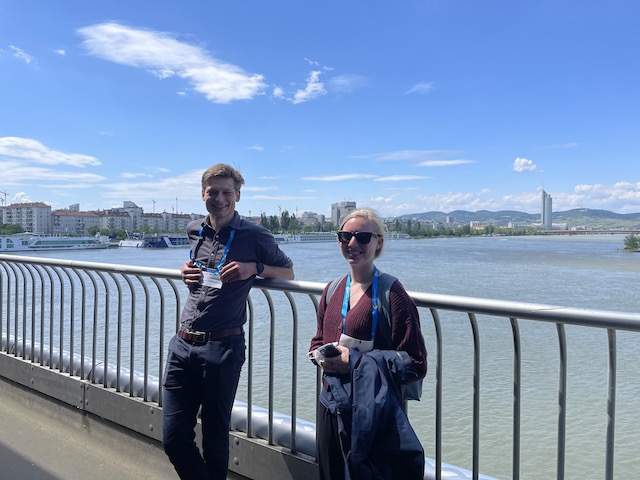
May 17, 2022: A field campaign to the Guadalupe Mountains National Park
Nick, Brad, and Christine joined a group of faculty, postdocs, graduate students,
and undergraduate students on week-long field campaign to the Guadalupe Mountains
National Park (GUMO). The team intensively sampled McKittrick Canyon for plant traits
and herbarium specimens. This included some photosynthesis measurements (A/Ci curves)!
The mountains provided a beautiful backdrop for botanizing!
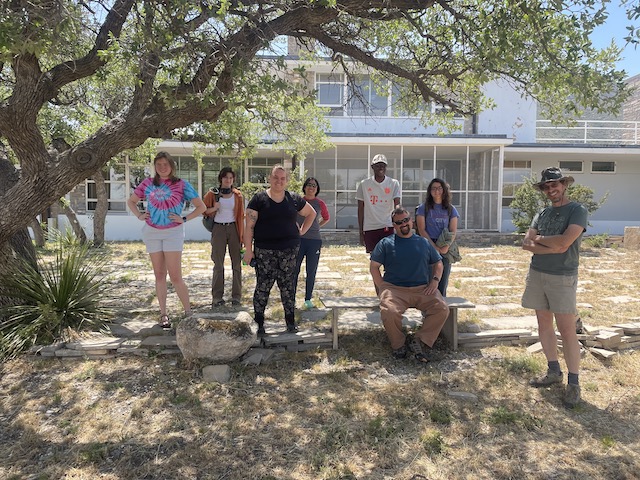
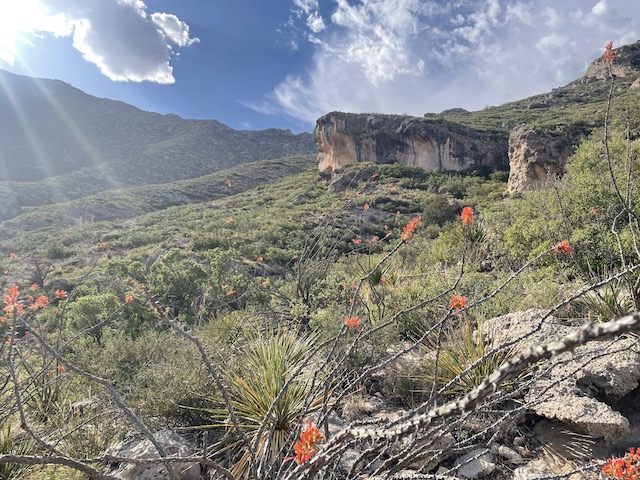
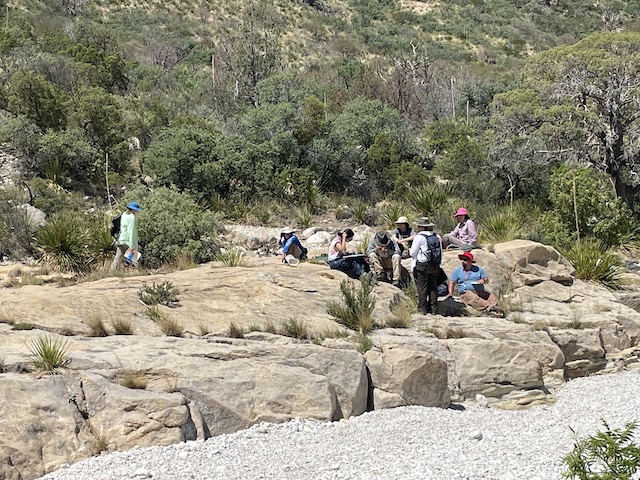
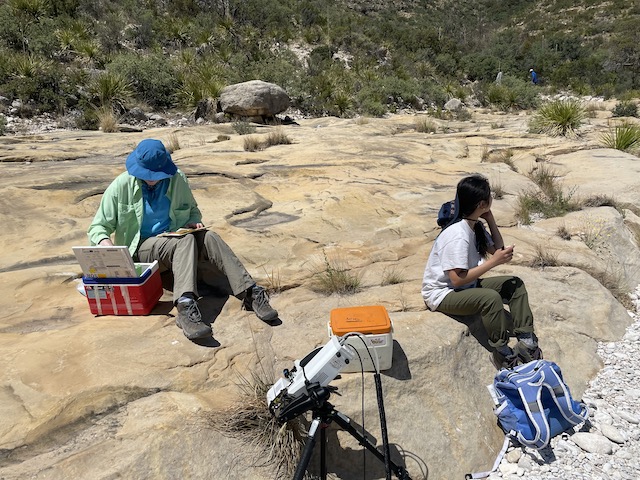
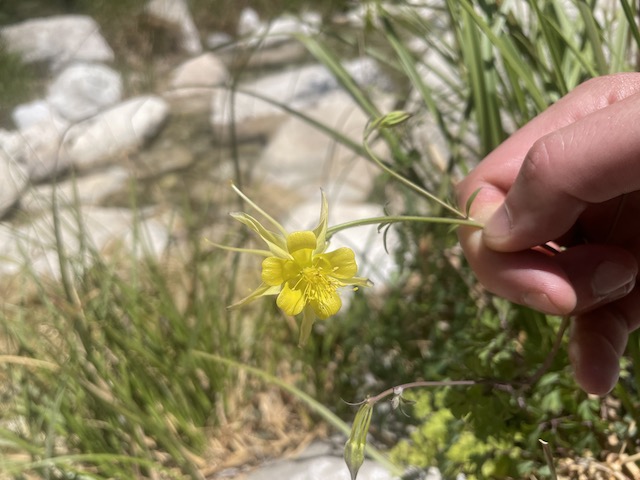
May 13, 2022: New paper on tree growth published in Global Change Biology
In a paper led by Wenjing Tao and Kangshan Mao (Sichuan University) and co-authored by Nick,
we used tree ring data to show that daytime warming has resulted in a negative impact on
tree growth across the Northern Hemisphere. The results suggest that this was due
to a positive relationship between daytime warming and drought stress.
The full paper can be found
here in Global Change Biology.
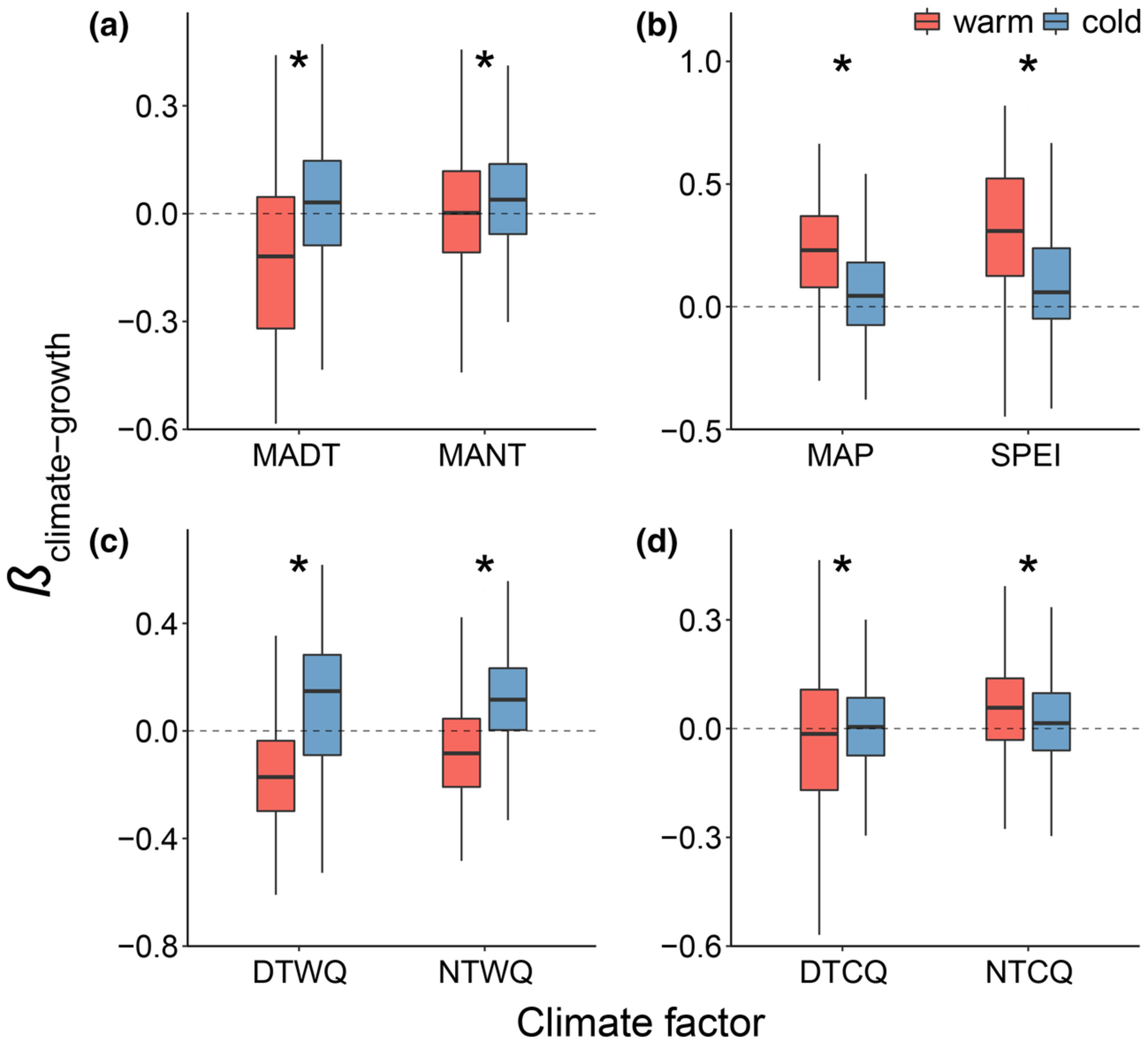
April 13, 2022: Ricky's paper on low temperature acclimation is published in Plant Biology!
Ricky Kong, a former research exchange student in the lab from the University of
Western Ontario published his findings on low temperature acclimation in Plant Biology.
Using growth chambers, we acclimated Populus balsamifera seedlings to
6 °C and 10 °C. The temperature treatments were crossed with two levels of nitrogen
fertilization.
Interestingly, the instantaneous temperature responses of photosynthetic
and respiratory biochemistry were similar for all treatments, suggesting little
acclimation of biochemical properties. However, stomatal conductance
rates led to increases in photosynthesis at high temperature in the 10 °C grown
regardless of nitrogen fertilization level.
The full paper can be found at the
journal's website.
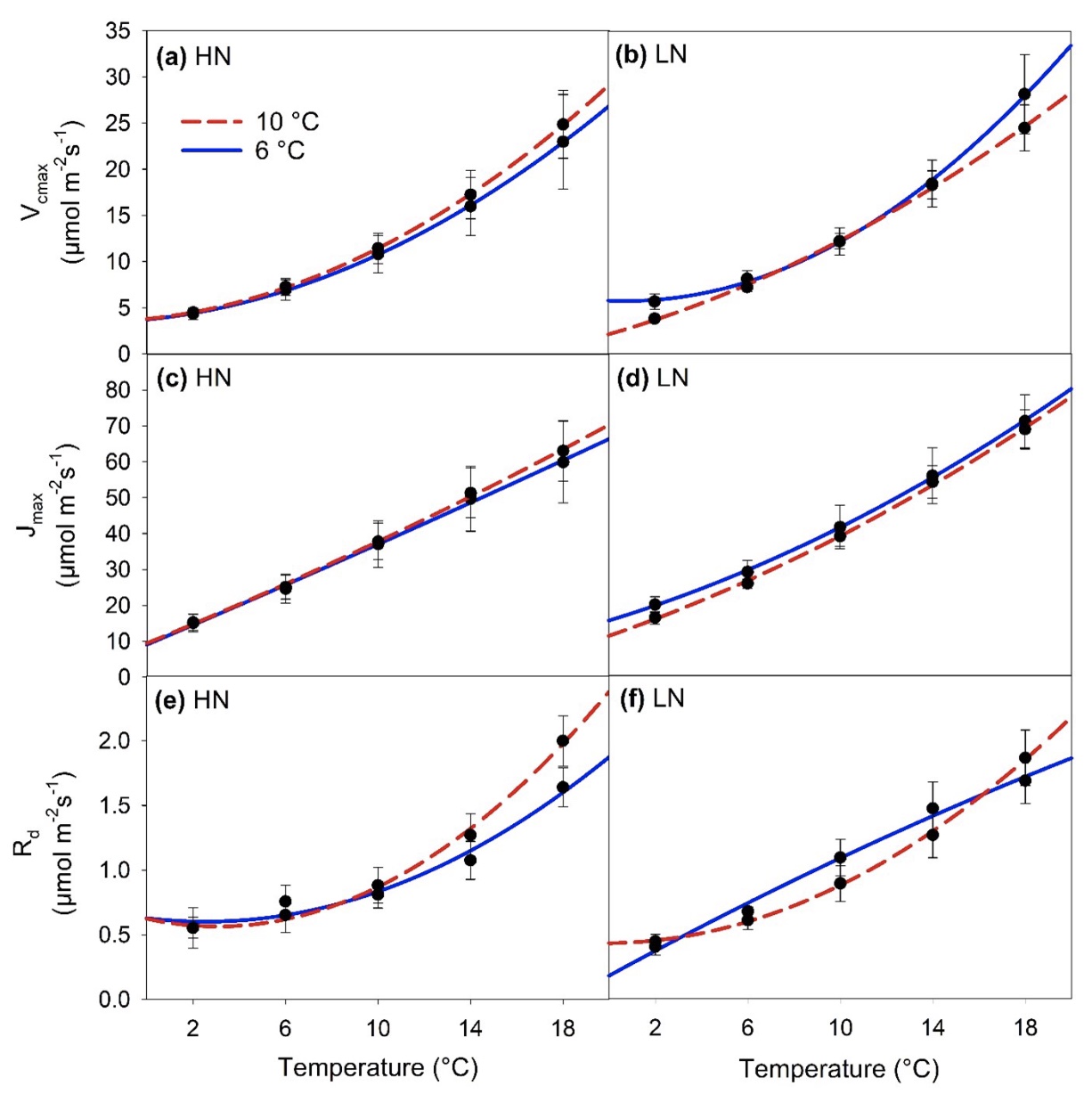
April 12, 2022: The lab gets an award!
Following a nomination by Lizz and Evan,
Nick was named as an
ESA Early Career Fellow.
From ESA: "Early Career Fellows are members within eight years of completing
their doctoral training (or other terminal degree) who have advanced ecological
knowledge and applications and show promise of continuing to make outstanding
contributions to a wide range of fields served by ESA. They are elected for five years."
Although Nick's name is on the award, this is really a testament to all the awesome
students, postdocs, and collaborators the lab has had throughout the years.
The network of colleagues we have built are strong, supportive, and inclusive and we
plan to keep it that way for years to come.
April 4, 2022: Morgan and Joseph present their research at the 2022 TTU Undergraduate Research Conference
Morgan and Joseph each presented their undergradaute research projects
that they started in Fall 2021 at the
2022 TTU Undergraduate Research Conference (URC).
Morgan spent the Fall measuring litter decomposition and soil respiration
at the Lubbock Nutrient Network site. She found that litter decomposed faster in
their home plots than it did in different treatment plots, regardless of
whether litter was moved from fertilized to control plots or from control to fertilized
plots. Interestingly, however, the treatments did not impact decomposition or soil
respiration rates. These are cool findings that deserve further investigation!
Joseph examined carbon costs of nitrogen acquisition in soybean using a factorial
soil nitrogen by nitrogen fixing bacteria inoculation experiment. He found that inoculation
reduced carbon costs of nitrogen acquisition in the low soil nitrogen treatments, but
not in the high soil nitrogen treatments. This work furthers our understanding
of how symbioses with nitrogen fixing bacteria influences plant functioning.
Joseph won 2nd place in the Agriculture and Environment category for his poster!
This work was part of a Coure-based Undergraduate Research Experience (CURE),
generously funded by an
NSF CAREER award, the
TTU Center for Transformative
Undergraduate Experiences (TrUE), and the
TTU Honors College.
Great job Morgan and Joseph!!
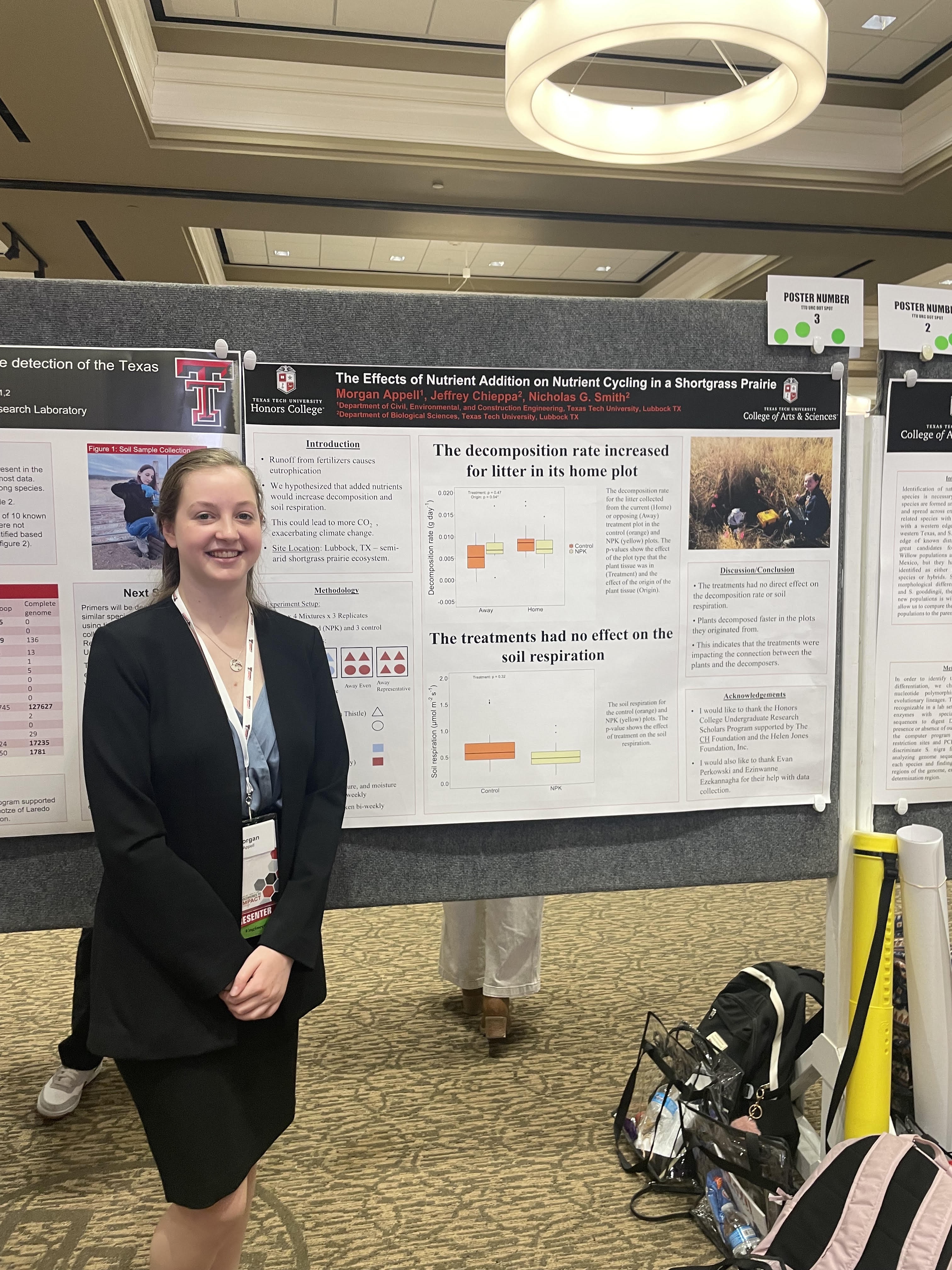
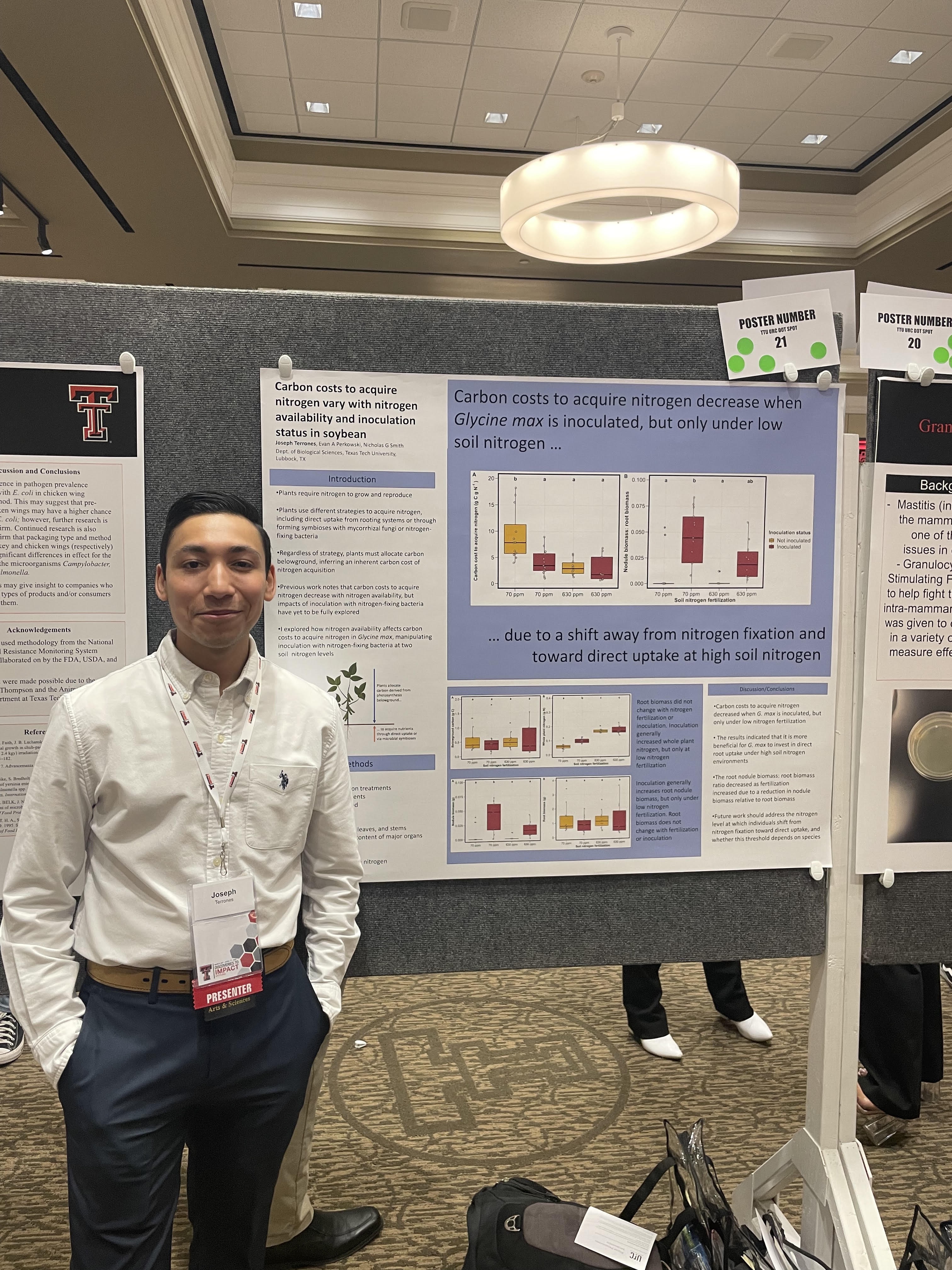
February 17, 2022: Helen's model of C4 photosynthetic acclimation published in JAMES!
Former Masters student, Helen Scott, and Nick published a model of C4 photosynthetic acclimation
in Journal of Advances in Modeling Earth Systems (JAMES). The paper can be found
at this link.
The model code can be found
at this link.
The functions are also incorporated into the model of photosynthetic acclimation that
is maintained by the lab and can be called using a C4 option. This model code can be found
at this link.
The paper introduces a new model of acclimation of C4 photosynthetic traits
based on photosynthetic least cost theory. The model is based on the optimality principle
that plants should set up their photosynthetic traits such that carbon assimilation is
maximized at the lowest resource use. The model predicts many traits including
the ratio of intercellular to
atmospheric CO2 (χ), the maximum rate of Rubisco carboxylation (Vcmax), the maximum rate
of PEP carboxylation (Vpmax), and the maximum rate of electron transport (Jmax),
as well as gross carbon assimilation.
The model corroborates previous studies and shows that C4 photosynthesis
is most beneficial under hot, dry, low CO2 conditions. Comparisons to remotely
sensed C4 cover showed that C4 presence is predictable from these responses.
The model is suitable for incorporation into land surface and Earth system models
and folks are encouraged to contact Nick
if they would like to discuss this further.
Zinny, Jeff, and others in the lab will be following up on this work using
a combination of modeling, field, and controlled environment experiments
to better understand photosynthetic acclimation in a changing world.
